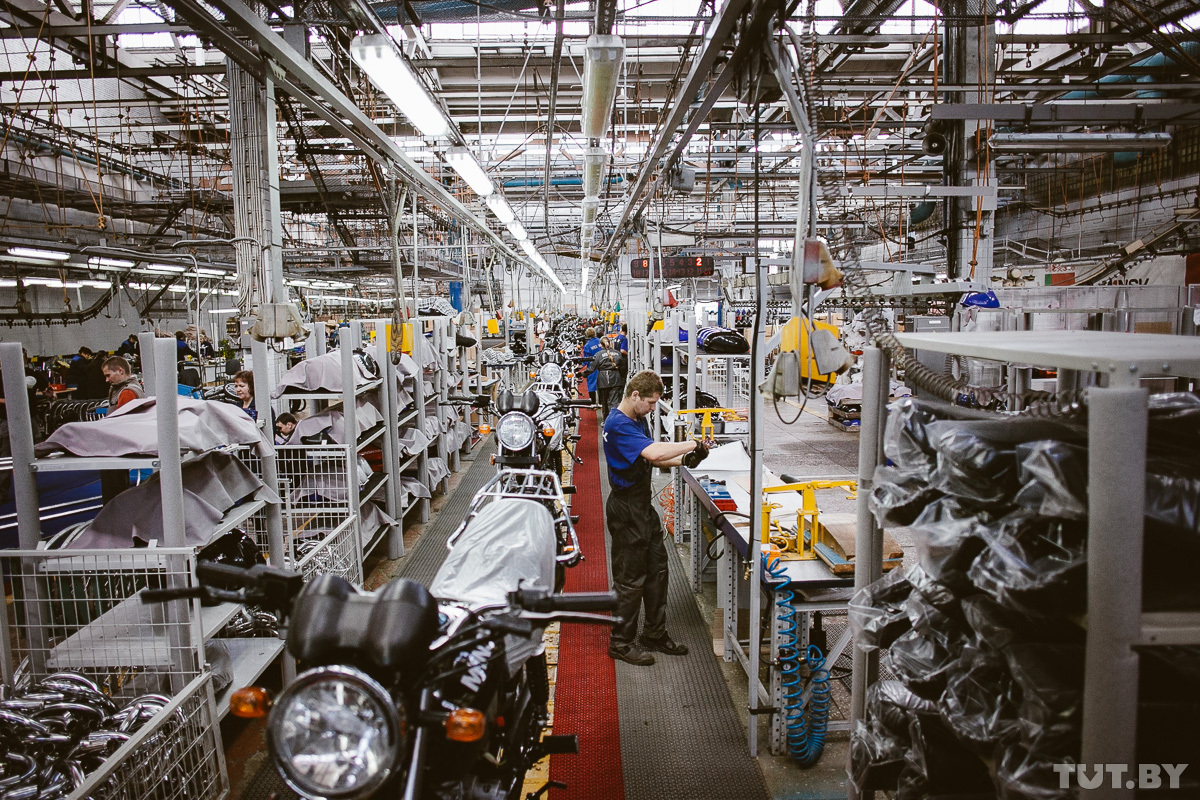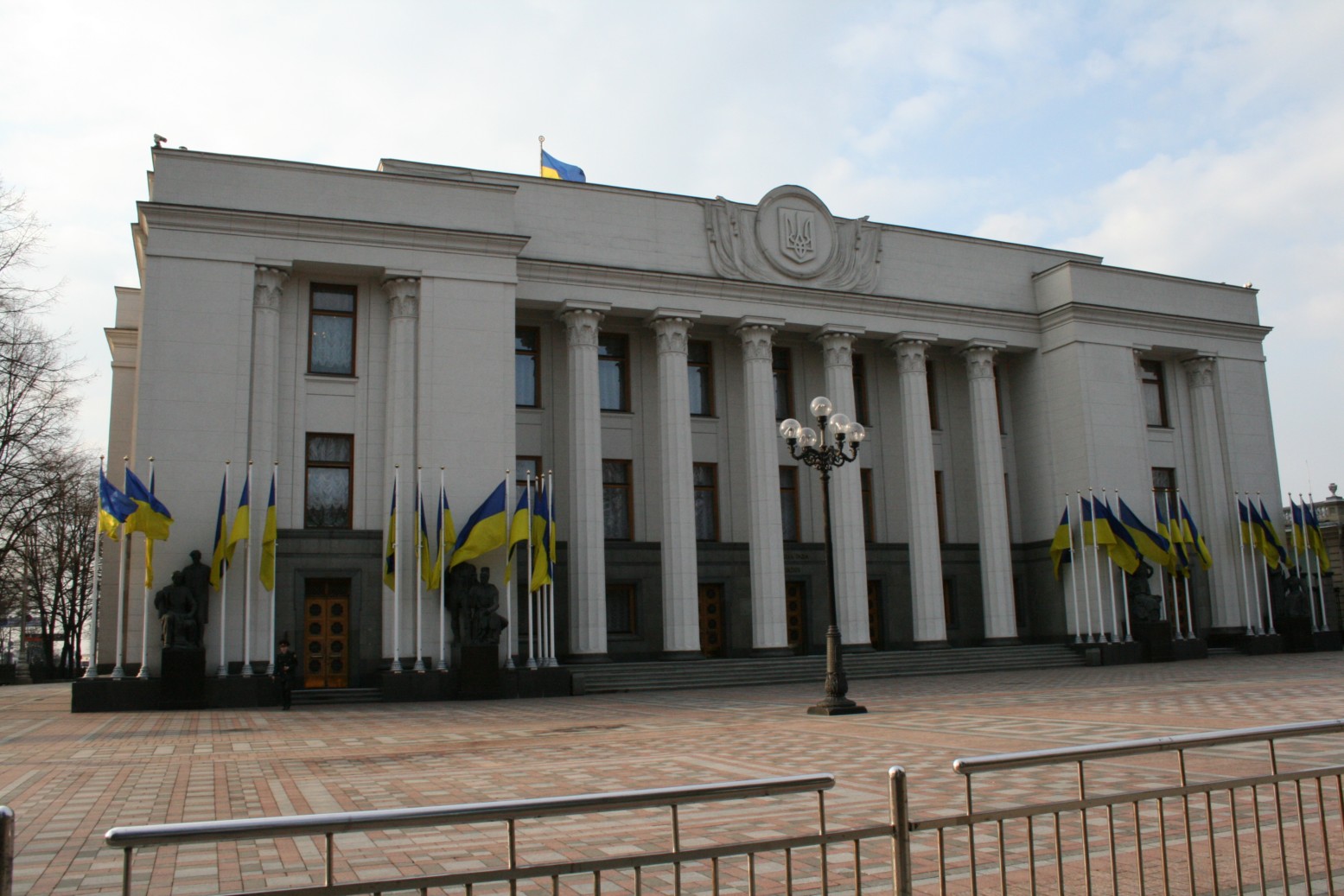
Between Traditional and Modern: The Fortunes of the Belarusian Economy
Between Traditional and Modern: The Fortunes of the Belarusian Economy
In late February, Tom Post, editorial advisor at the Finnish and Baltic edition of Forbes, and Arkady Shteimans, referred to as the publisher of Forbes in Latvia, Estonia and Finland, paid a visit to Minsk. In this regard, Dev.by, an online publication about the Belarusian IT sector, released a couple of articles. According to the first one, an interview with Post, entrepreneurship in Belarus is at an embryonic stage and does not extend much beyond Minsk’s High-Tech Park (HTP) with its 192 resident companies (Dev.by, March 1). Subsequently, however, the two visitors summarized their impressions, which presented a strikingly different tone. Having visited the HTP and the Great Stone—the Belarusian-Chinese Industrial Park under construction 25 kilometers from Minsk—they apparently changed their minds. “We are stunned by the caliber of reforms initiated by President Alyaksandr Lukashenka,” reads the summary published by Dev.by just one day after Tom Post’s interview. “Bold and ambitious decisions to liberalize cryptocurrencies, create the Great Stone free economic zone, and broaden the HTP tax advantages are probably comparable to Lee Kuan Yew reforms in Singapore,” the two Western media representatives noted (Dev.by, March 2).
As is often the case with opposite extremes, the reality is somewhere in between. The book Because We Decided So, whose English version has just been released, one month after its Russian original, underscores that notion (Svaboda.org, March 2). Authored by Kirill Rudy, the former economic advisor to Lukashenka and currently Belarus’s ambassador to China, the book analyzes the obstacles to the post-Soviet country’s robust economic growth that are rooted in popular culture. Thus, among the obstacles to rational decision-making and economic behavior are a lack of value-laden national unity, risk-aversion, and preference for short-term planning. Short-term solutions are under the influence of a specific “cultural matrix,” Rudy contends.
This American concept, reflecting a set of characteristics governing decision-making, has become incredibly popular in Russia and Belarus. For Rudy, Belarus’s cultural matrix includes doublethink (Do we belong to the Russian world or to the West? Are we pro-market or are we adepts of central planning?), clinging to the Soviet past, and paternalism. Rudy believes in managed societal change conducive to improved economic behavior and lasting growth. To him, one element of such change is awareness that there is only one world economy with universal rules and that progression toward market-based democracy has no alternative. Certainty in this awareness is the key for development. Two other elements are an orientation to the future and the awareness that Belarusians do not have an “older brother” and that nobody will help “us” but “ourselves.” Such a “loner syndrome, phobia of defenselessness and feeling of belonging to a small country” make up for “a sense of independence” (IPM, November 3, 2017).
Upon visiting his home country after a 1.5-year absence, Rudy discovered three positive changes. First, the Ministry of (Internal) Trade assumed the function of anti-trust management that would spur competition. Second, financial stabilization has occurred and inflation is low. Third, financial benefits to certain social groups have been curtailed, which can be expected to have a salubrious effect on the national budget (Svaboda.org, March 7).
Indeed, Belarus has not only overcome the economic slump of 2015–2016 but is experiencing accelerated growth. In January 2018, the GDP was 4.6 percent higher than in January 2017 (Tut.by, February 16). Annual change notwithstanding, it is also instructive to remember that, over the long run, Belarus has been rather an overachiever than underachiever. That impression derives from the lasting stability of Europe’s geo-economic landscape. That is, while the economy has been growing everywhere (except during wars), the international ratios of GDP per capita have not changed much. Thus, comparing the current spatial pattern of per capita GDP with that in 1890 (based on a recently published map), one can say that only the Nordic countries have disrupted the old pattern by having achieved prosperity on par with the regions of Europe’s core (Brilliantmaps.com, January 30). Also known as Europe’s Blue Banana, and stretching from the English Midlands to northern Italy, this core embraces Benelux, the borderlands of France and Germany, and Switzerland. However, the East-West development gradient remains roughly the same as in 1890, as is the spatial trend of GDP per capita decline outward from Europe’s core.
A more spatially detailed analysis reveals that by the time of the Soviet Union’s breakup, GDP per capita in Belarus was already 25 percent higher than in Ukraine, where industrialization started decades earlier. By 2016, Belarus’s GDP per capita was 2.1 times higher than that of Ukraine (Viperson, September 19, 2017). Comparison with Ukraine is meaningful as both countries are located within the same “topological niche” along the East-West axis of economic development disparity in Europe, which has been relatively stable over the course of at least the last three centuries. Also, Ukraine is vastly more resource-rich than Belarus.
Even deprived of Ukraine’s fabulous soil fertility, in 2017, Belarus exported $5 billion worth of food, mostly to Russia (Belarus Segodnya, January 28). Much of this export is dairy. On February 22, Russia decided to suspend milk and processed milk export from Belarus effective February 26 (Tut.by, February 22). The date was then postponed to March 15 (Tut.by, March 5). Similar suspensions have been practiced many times in the past due to alleged discoveries of harmful substances. However, they were applied to individual milk processors, not to all dairy products from Belarus. Lukashenka denounced the latest ban as a hit below the belt and even declared that, according to intelligence reports, the true reason for it was that Russia bought a wealth of cheap dry milk from New Zealand, so it wanted to exclude Belarusian milk to prevent a slump in retail prices (Belta.ru, March 1). Tedious negotiations and visits by Russian milk controlling experts are looming. No wonder some Belarusian observers denounce the so-called Union State of Russia and Belarus as a non-workable construct (Chesnok, February 22).
In summary, Belarus’s economy debate is multi-level and multidimensional, invoking the lofty and mundane: Can the country achieve the status of an economic tiger while holding on to a paternalist mentality? Will its economy embrace cryptocurrency, or will the government have to preoccupy its time with cowshed hygiene? The answers will not be simple.


